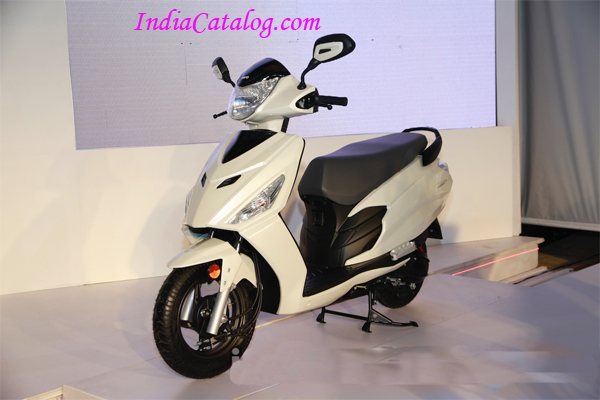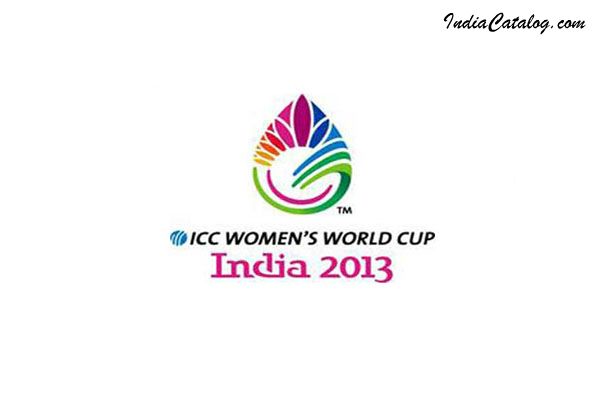PSLV-C23 lifts off successfully
.jpg)
The Indian Space Research Organisation (Isro's) Polar Satellite Launch Vehicle PSLV-C23 today successfully lifted off from the first launch pad of Sriharikota space station, situated about 100 kms North of Chennai. Prime Minister Narendra Modi witnessed the launch at the Satish Dhawan Space Centre
The launch vehicle PSLV-C23, with a height of 44.4 metres and a vehicle lift-off mass of 230 tonne, is carrying SPOT-7, a 714 kg, French earth observing satellite as the main payload, which will be injected into a 655 km Sun Synchronous Orbit (SSO). Other satellites include 14 kg AISAT of Germany, NLS7.1 (CAN-X4) & NLS7.2 (CAN-X5) of Canada each weighing 15 kg and the 7 kg VELOX-1 of Singapore.
There had been 25 consecutive successful flights of PSLV till April 2014 and this is the 26th such launch. Meanwhile, PSLV-C23 will be the tenth flight of PSLV in "core-alone" configuration, which means a configuration without the use of solid strap-on motors.
After an estimated time of 20 minutes, ISRO's workhorse PSLV is expected to separate all five satellites -- one by one into their intended orbit.
During his first visit to the facility, the Prime Minister took a tour of the facilities, including the launch pad. He was also briefed by Isro scientists, headed by Isro's Chairman K Radhakrishnan, on Sunday.
NLS 7.1 and NLS 7.2 are from the University of Toronto, Institute of Aerospace Studies/ Space Flight Laboratory. Canada.
Both payloads would fly in precise formation using differential GPS with centimeter-level accurate position control system.
VELOX-1 from Nanyang Technological University, Singapore is a technology demonstrator for design of image sensor, MEMS-based attitude determination and control system and inter-satellite RF link.
These five satellites are being launched under commercial arrangements that ANTRIX, ISRO's commercial arm, has entered into with the respective foreign agencies.
Isro earlier delayed the launch by three minutes due to the threat of space debris getting into the way of the satellites.
The PSLV C23 lifted off from the spaceport at 9.52 am on Monday instead of 9.49am as decided when the launch plan was announced.
One of the debris objects could have come as near as 40 metres from the spacecraft and by delaying the launch Isro wanted to avoid the objects by thousands of kilometres as debris move at a velocity of several kilometres per second, said Isro officials.
A report quoting experts stated that the debris from the 2011 collision of a US satellite and a Russian satellite, were found at altitudes above 600km.
This means that the PSLV rocket was not in danger during the flight, but the satellites, during or after their injection into the orbit, could have been at risk.
It may be noted that until PSLV-C23, the largest number of satellites from other countries launched by PSLV were from Germany.
In the first launch of satellites of other countries, PSLV-C2 has launched the German satellite with a mass of 45 Kilogram, along with a KITSAT-3 with 110 Kg mass were the payloads. Including this, till April, 2014, eight satellites of Germany reached their destination in space through the launch vehicle of Isro. Canada has sent five satellites till April, 2014 through PSLV while Japan has sent three satellites using the service.
The other countries which had sent their satellites through PSLV include UK, Denmark, Austria, France, Singapore, Switzerland, Israel, Italy, Belgium, Republic of Korea, Indonesia, Argentina, The Netherlands, Algeria and Luxembourg.

.webp)
.webp)
.webp)
.webp)
.webp)
.webp)
.webp)
.webp)
.webp)
.webp)














